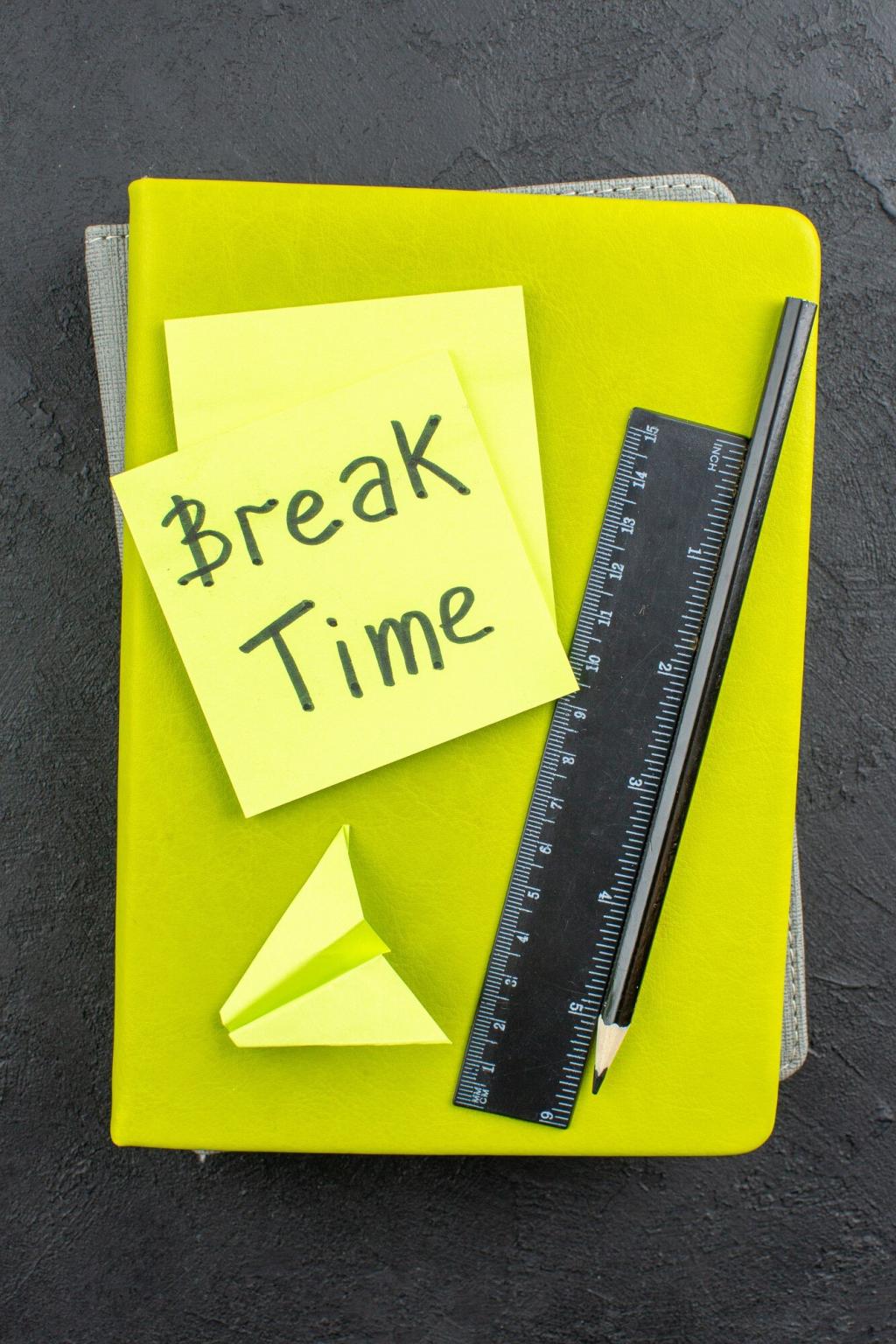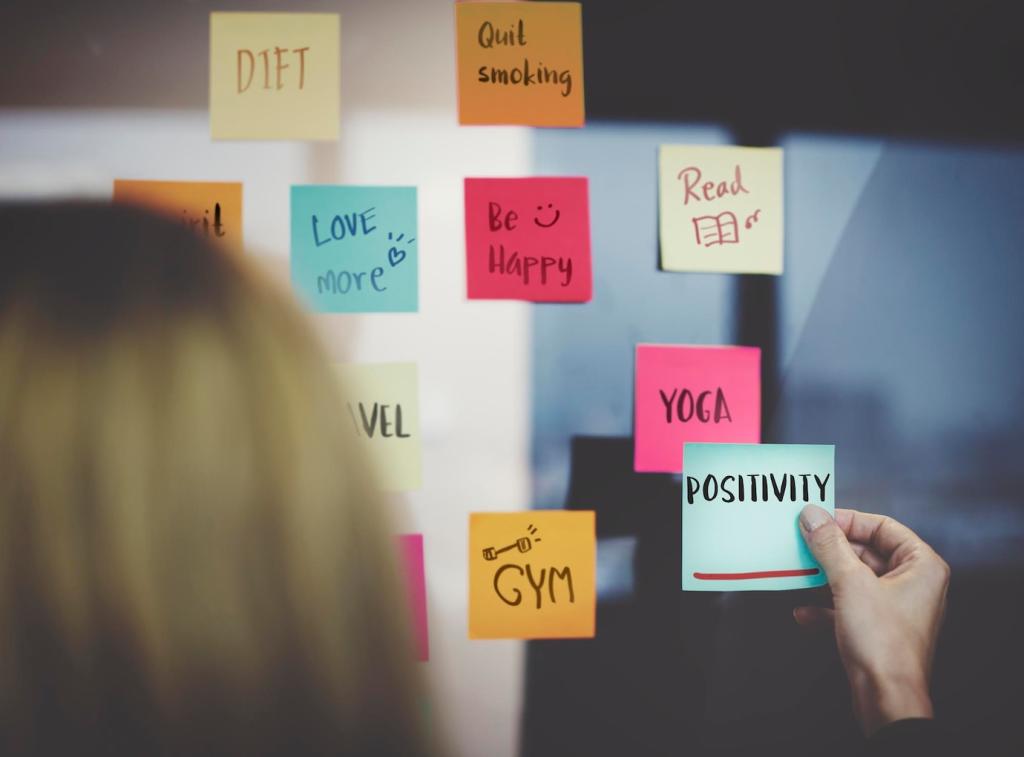
Make Habits That Stick: Effective Techniques for Habit Formation
Chosen theme: Effective Techniques for Habit Formation. Welcome to a friendly space where we turn good intentions into reliable routines using science, stories, and simple steps you can start today. If this resonates, subscribe for weekly micro-challenges and share the one habit you want to build this month.



The Two-Minute Rule in Action
Make the first move absurdly easy: open the journal, lace the shoes, fill the water bottle, read one paragraph. Momentum beats intensity at the beginning. After two minutes, you are free to stop, yet you’ll often continue naturally.
Shrink the Scope, Keep the Schedule
Consistency builds identity. If life explodes, keep the time slot but do the tiny version. Five push-ups instead of a workout, one sentence instead of a chapter. Protect the rhythm so your brain learns, “I am the kind of person who shows up.”
Celebrate Micro-Wins to Wire Motivation
After completing your tiny habit, celebrate deliberately: a smile, a fist pump, or a quick note in your tracker. This emotional punctuation teaches your brain the behavior matters. Share your favorite micro-celebration so we can borrow your spark.

Design Your Environment to Make Good Habits Easy
Put the guitar on a stand, the book on your pillow, running shoes by the door. Pre-fill the water bottle, pre-chop veggies, lay out workout clothes. Make the desired action the path of least resistance the moment you enter the room.

Identity-Based Habits: Become the Kind of Person Who...
Write a One-Line Identity Statement
Keep it simple and present-tense: “I am a reader.” “I am an athlete.” “I am a calm communicator.” Then do the smallest action that proves it today. Identity grows from repeated evidence, not grand declarations posted once.
Use Implementation Intentions to Protect Identity
Pre-decide with clear If–Then plans: “If I finish dinner, then I will stretch for two minutes.” “If I feel anxious, then I will box-breathe for twenty seconds.” Specificity reduces hesitation and keeps identity-aligned actions effortless under pressure.
Track Evidence: Streaks, Ticks, and Notes
Mark a calendar, tap a habit app, or keep a minimalist log. Not for perfection, but for proof. Each tick is a vote for your identity. Share your favorite tracking method and why it keeps you honest on tough days.
Social Support, Accountability, and Momentum
Post your plan where others can see it—group chat, team channel, or a shared doc. Keep the commitment concrete: what, when, where. Light social pressure and encouragement can transform wavering intention into reliable action, especially during early fragile weeks.

Plan for Slips: Resilience over Perfection
List top blockers: late meetings, travel days, low energy. For each, write an If–Then: “If my commute runs long, then I will do the two-minute version before showering.” Prepared minds bounce back faster because decisions are already made.



Stack and Schedule: Anchors that Keep Habits Alive
Great anchors are things you never skip: brushing teeth, brewing coffee, opening your laptop, or locking your front door. Place the new habit immediately before or after the anchor so your brain links them tightly without extra negotiation.
Stack and Schedule: Anchors that Keep Habits Alive
Pair habits with contexts: “after lunch at my desk,” “before evening TV on the couch.” Context beats raw time because it bundles environment, energy, and cues. The right context reduces friction and makes repetition reassuringly predictable.
